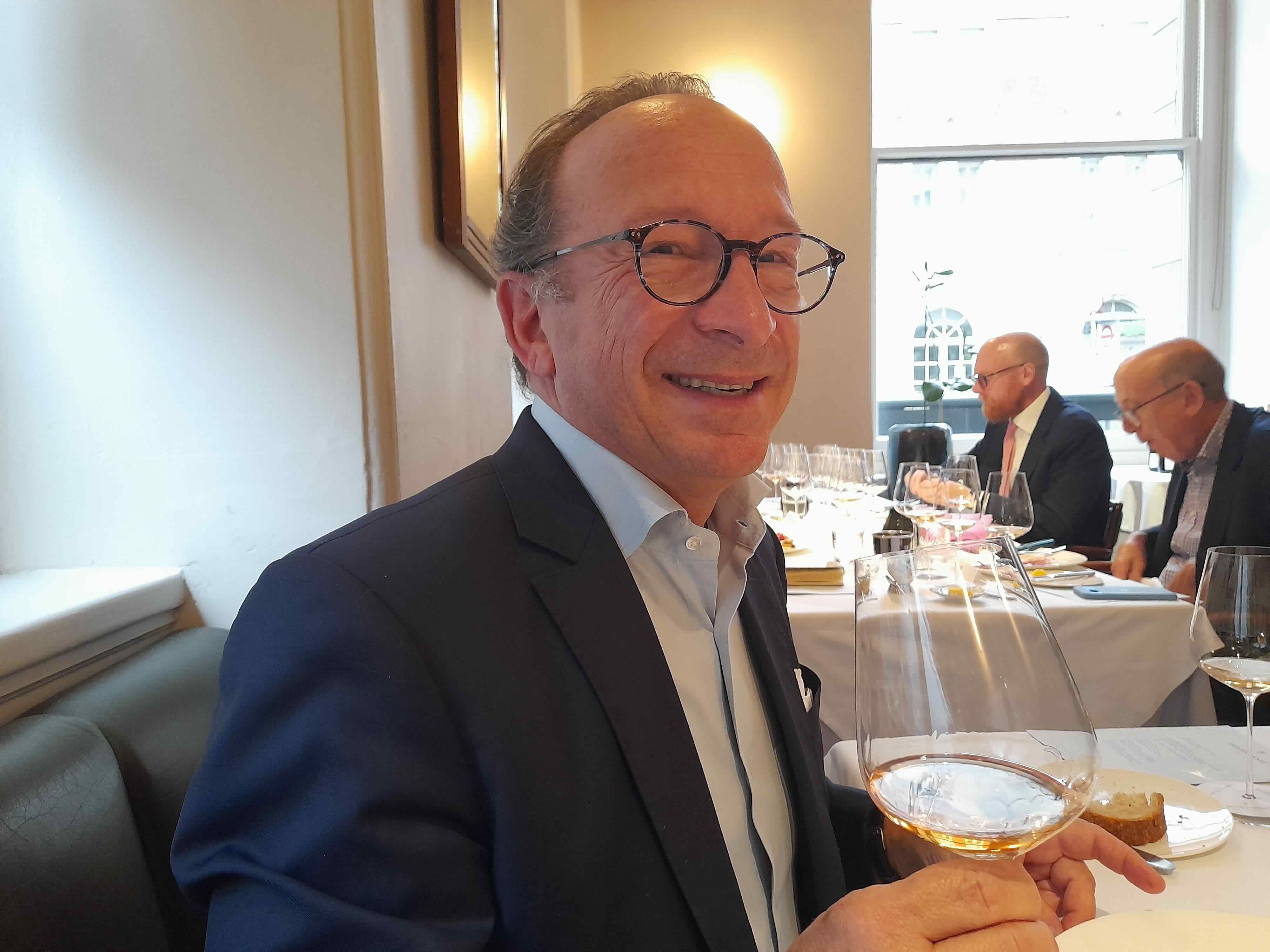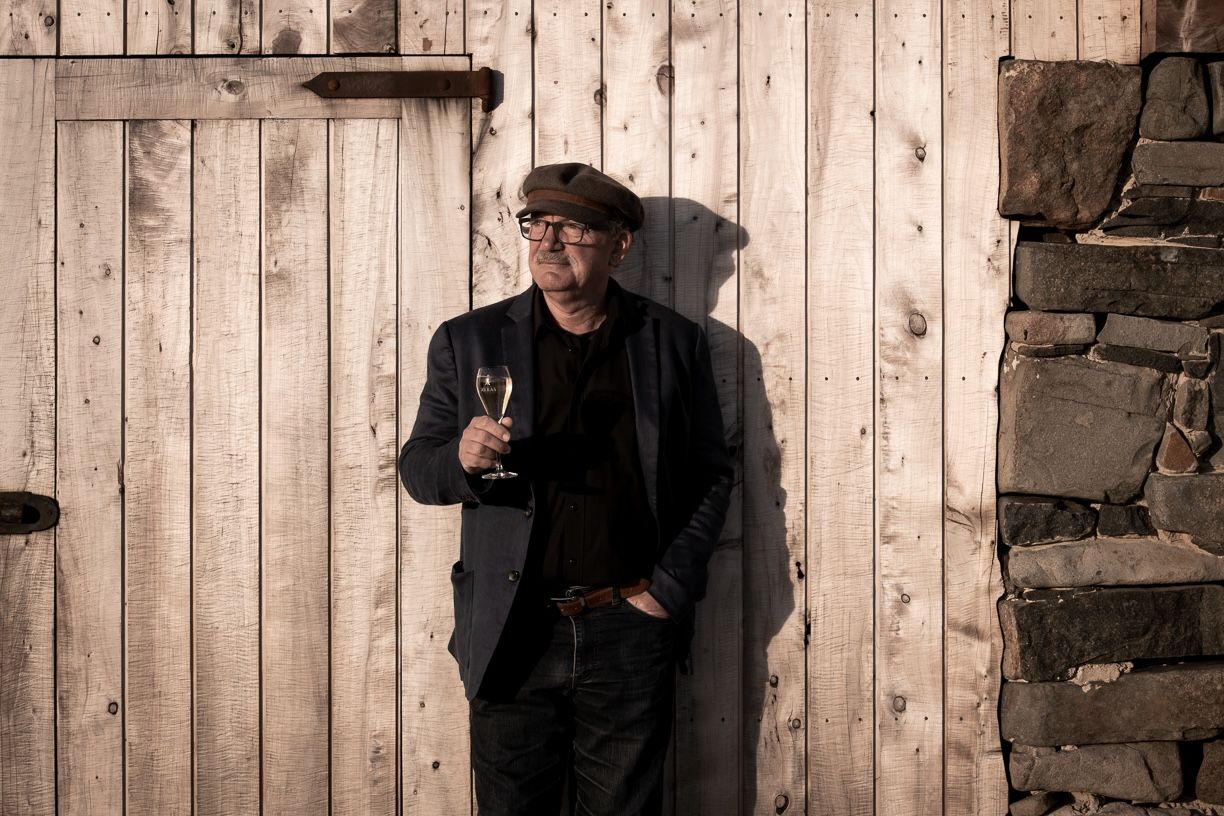“2004 is one of the vintages in recent memory with the longest ripening period, something that is rarer and rarer these days…acidity is always a point of vigilance but 2004 is more known for its richness, texture and velvety integration,” says Paillard.
“I never speak of N.P.U. as the best wine we make – simply because that is a matter of taste,” Alice Paillard said, “but it clearly is the most extreme wine, the craziest wine we make.” She also noted that these attributes were somehow fitting, as it was a wine that “has been born out of a provocation.”
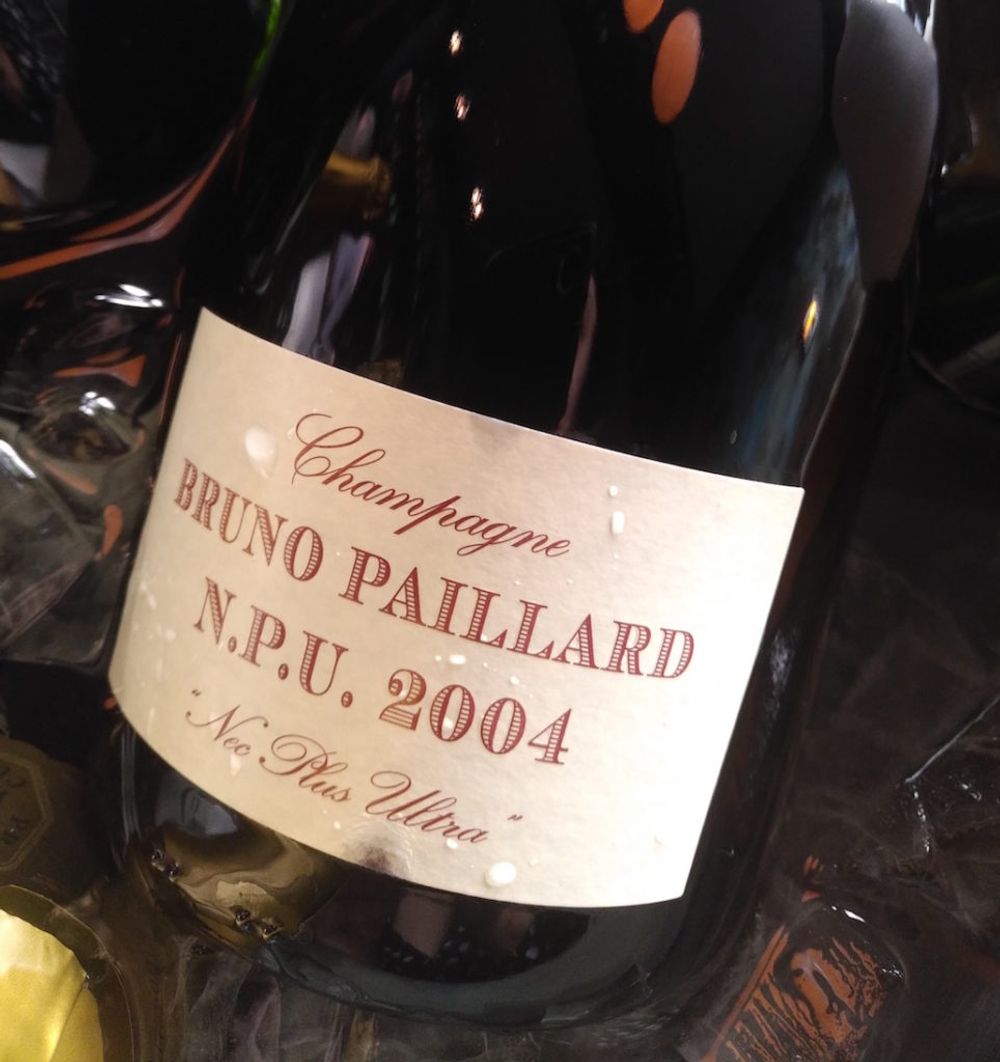
One of the tenets of Nec Plus Ultra (the Latin for ‘Nothing further beyond’) is that it is made of equal proportions of Pinot Noir and Chardonnay, only sourced from Grand Cru villages. “This narrows our choice of Champagne villages from 319 down to 17,” Paillard says with a raised eyebrow. In the case of the 2004 vintage, the Chardonnay is thus from Mesnil, Oger and Chouilly while the Pinot Noir is from Bouzy, Verzenay and Mailly.
The third tenet is time and at Maison Bruno Paillard there are three elements to this: the base wines for N.P.U. are fermented and matured for nine to ten months in small, used oak barrels of 225l – unusually sourced from Graves rather than from Burgundy; lees ageing should be a minimum of ten years but N.P.U. 2004 had spent 12 months on the lees before being disgorged in September 2017, ageing a further two years post-disgorgement until its release now. Another tenet is low dosage and N.P.U. 2004 just has 3 g/l. The last tenet is that it needs to be an exceptional vintage.

Alice Paillard, London, October 10 2019
“2004 is one of the vintages in recent memory with the longest ripening period, something that is rarer and rarer these days. There was normal flowering but harvest only started on the 27th of September,” Paillard said, noting that this goes beyond the usual 100 days that are counted from flowering to harvest and which seem to have shrunk to 95 in more recent years.
“This meant that in 2004 we not only had sugar ripeness but also skin and pip ripeness,” following this immediately by noting that “acidity is always a point of vigilance but 2004 is more known for its richness, texture and velvety integration.”
The 2004 lived up to both its name and its vintage, as did the 2002 and the 1999 which Paillard had brought along as a point of illustration and reference. “N.P.U. is, by definition, a slow wine to make. Making a big wine is not difficult, keeping a fine line and elegance in it is the challenge.” Once again that provocation, that challenge has been met.
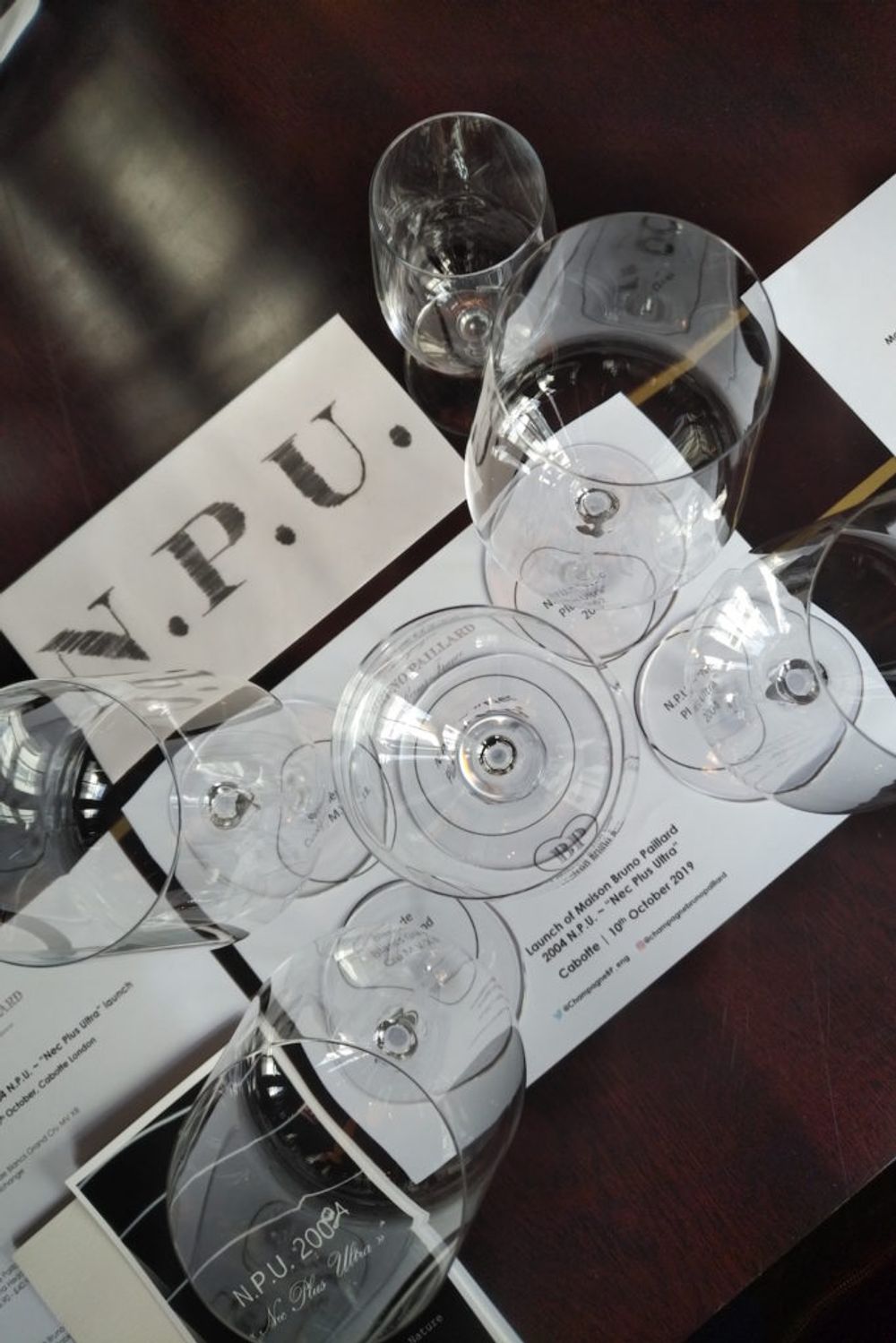
Bruno Paillard N.P.U. 2004
Golden colour. An initial whiff of honey is followed by a notion of wet chalk that gets stronger with more air. With time in the glass this scent creates the impression of a sunny breeze in a dusty, chalky vineyard during flowering with a subtle note of pollen. The palate opens with a vivid notion of tart Boskoop apple that is then swept up in an almost buttery, creamy mousse. White pepper notions flash up from the ample, chalky depths of this structured but sinuous wine that conveys mellow richness despite all its wonderful freshness. This is lovely now but will evolve to become even more graceful. 7,119 bottles and 310 magnums were made.
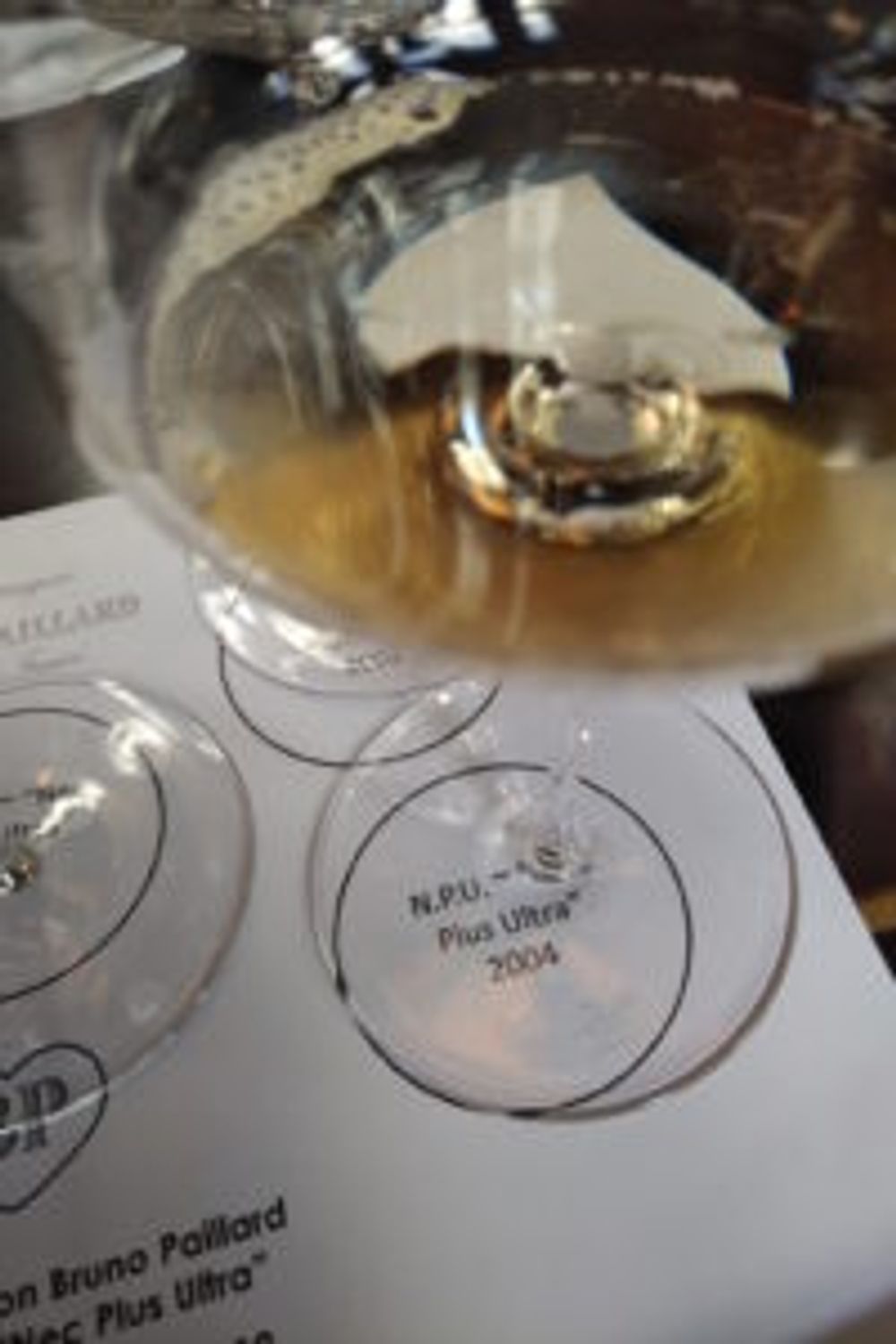
Bruno Paillard N.P.U. 2002
The grapes for this wine are sourced from the same villages, but in different proportions. Golden colour. That lovely smell of wet chalk is ample on the nose, aligned to expressions of Amalfi lemon. Where 2004 is mellow, this is linear. With more air the flavours of raw, buttery shortcrust pastry, flecked with lemon zest, appear. This is a paradigm of slenderness, depth and elegance and with this kind of soaring freshness and effortless balance it will just continue to evolve. Wow! 6200 bottles and 300 magnums were made.
Bruno Paillard N.P.U. 1999
Golden colour and an immediate whiff of brown butter. With air, notions of grilled, blanched almonds appear on a rather heady nose. The palate has something pithy, something pleasantly bitter that will stand it in immensely good stead when served at table. That buttery note appears again and again, sometimes alongside Golden Delicious notions, other times alongside lemon zest. A wonderful combination of evolution and freshness, roundness and dryness. Just 3000 bottles were made of this.
Bruno Paillard Champagnes are distributed by Bibendum.
Bibendum is a supplier partner of The Buyer. You can find out more about them by clicking here.


